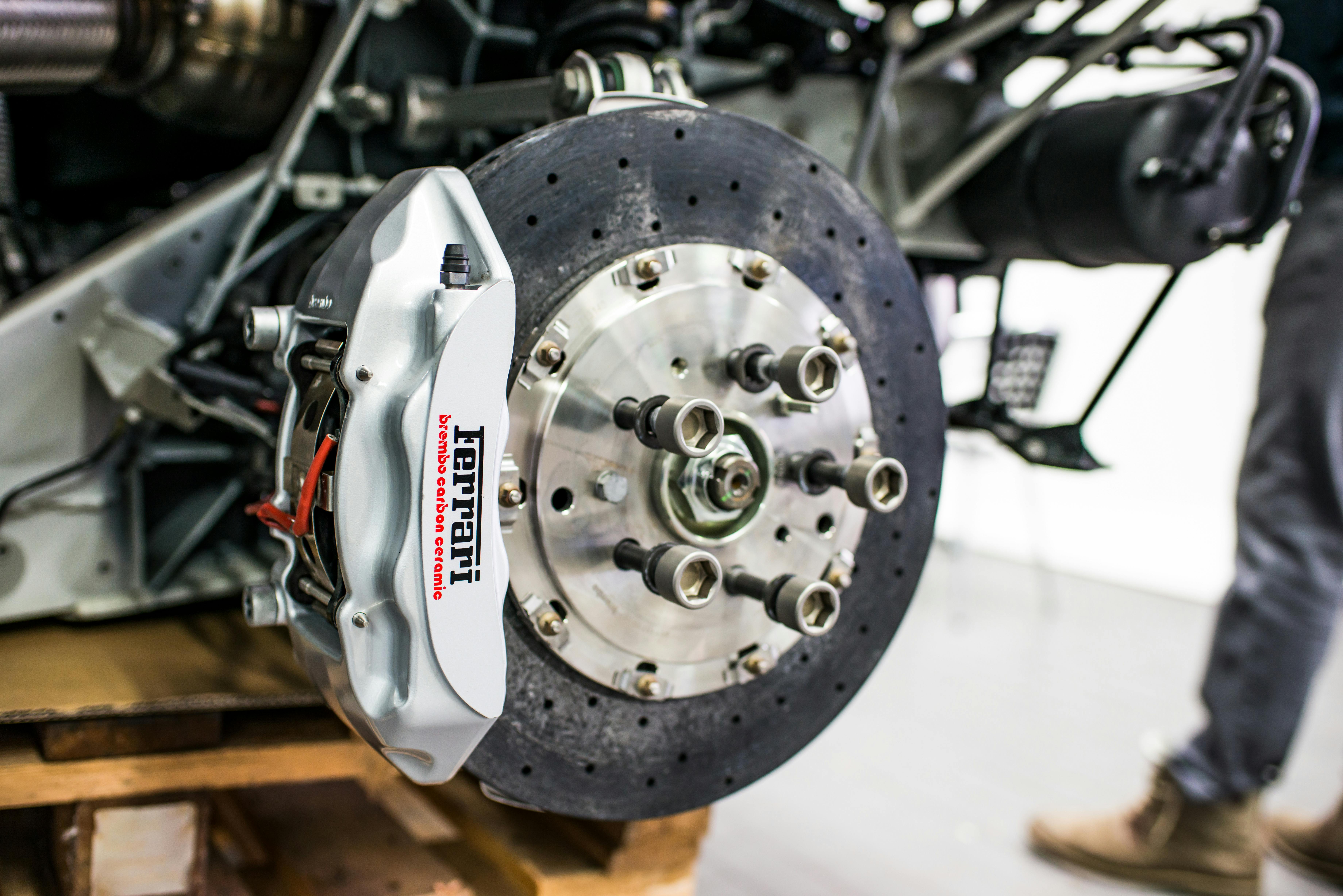Drag Reduction System: A driver-activated system (turned on and off by the driver). It was introduced to bring more overtaking during races. It’s a relatively simple system: the driver presses a button that detaches the rear wing from the vehicle.
Doing so leaves an area for air to pass through that wasn’t there before, which reduces aerodynamic drag. This increases the speed of the vehicle.
Simple in theory, but applying it is complicated, at least the FIA has complicated it: the idea is that the vehicle that wants to overtake (vehicle a) is placed behind the vehicle in front (vehicle b), when on a straight the driver of the vehicle a presses the button and the increased speed allows it to overtake vehicle b. I am writing to you because there are currently only male drivers in Formula One.
In a race, the driver can only activate the system if he is within a second of the vehicle in front of him; in each race, one of the track’s straights is designated in advance for DRS use, it cannot be used anywhere else. DRS automatically deactivates when the driver hits the brakes.
Before the race, i.e. during practice and qualifying, the DRS can be used anytime, anywhere on the track.
At the Australian Grand Prix at Albert Park on March 27, the drag reduction system was used for the first time during a race. It was definitely not as effective as expected. Throughout the race he attended the overtaking only 3 times.
There were a few occasions during the race that depressed spectators expecting more wheel-to-wheel action: the car trying to overtake the car in front activated the DRS system but still couldn’t get through.
It’s not exactly groundbreaking or impressive. The hope is that as teams and drivers get used to DRS they will start using it better and stewards will pick better places on the track to make it available. The worry is that as hard as they try, the decision makers in F1 may never get it right.
It is this blog writer’s opinion that both the problem and the solution lie in the design of the Grand Prix tracks. Unfortunately, the cost of redesigning and making track changes will be too great an expense to make a reality. Read it as: The people who profit the most from Formula One will not be willing to take less profit to move the sport forward. At the very least, I’d be very surprised if they did.




